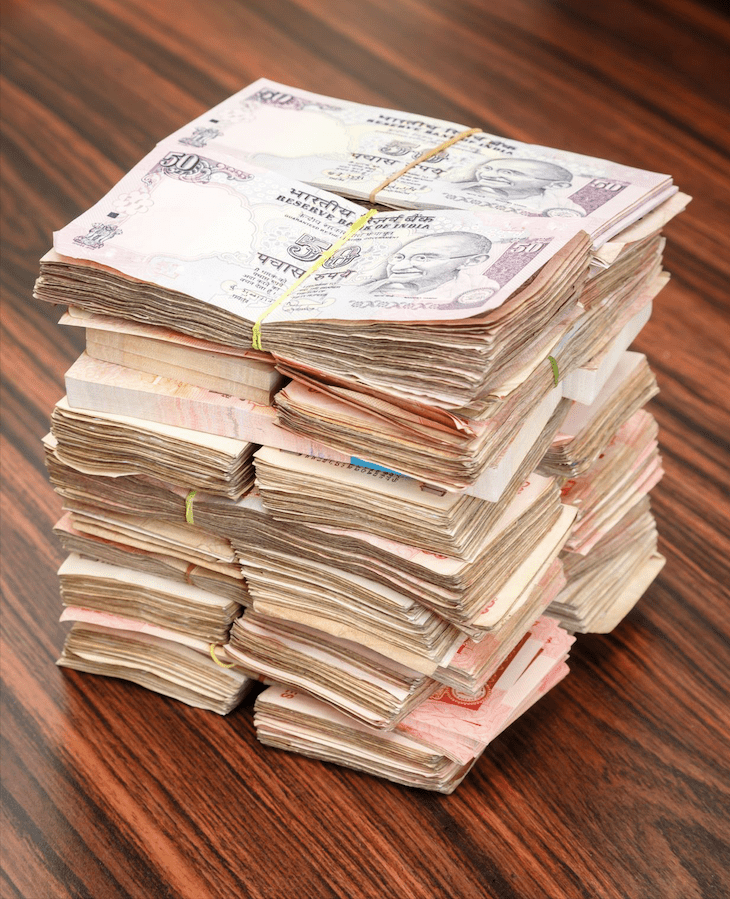A study has been published bringing into question the effectiveness of India’s schemes to reduce out-of-pocket spending on healthcare. Out of pocket expenditure is still common despite having policies in place that would in theory provide free health coverage to the poorest in society.
 Rashtriya Swasthya Bima Yojana (National Health Insurance Programme), or RSBY, has been in place since 2008. The ambitious programme states that households in participating areas that are found to be below the poverty line are entitled to coverage of up to Rs 30,000 for hospital charges annually. Despite the programme being in place, many in poverty still find themselves spending huge sums of money out-of-pocket.
Rashtriya Swasthya Bima Yojana (National Health Insurance Programme), or RSBY, has been in place since 2008. The ambitious programme states that households in participating areas that are found to be below the poverty line are entitled to coverage of up to Rs 30,000 for hospital charges annually. Despite the programme being in place, many in poverty still find themselves spending huge sums of money out-of-pocket.
While the programme will have helped many access treatments for free, there are considerable shortfalls in the programme that allow many to slip through without benefitting from it.
Overall, out-of-pocket expenditure has not reduced to any significant degree claims a study, published in Social Science & Medicine. This is despite RSBY being in place for nearly a decade – a damning finding for a programme that has so far run costs to the government of around Rs 5,000 crore.
The system is limited to only funding inpatient treatment or hospitalisation. This is a huge flaw in the system as it does not provide any coverage for long term medical costs associated with a growing number of cases of NCDs. For example, prescriptions taken over the course of the year will not be included in the programme and so the cost is still out-of-pocket.
Designating who qualifies for the RSBY programme has been left to the individual states running the policy. These designations are rife with flaws due to many states using data gathered from censuses that took place in 2002-2003. The data is outdated, and has resulted in many qualifying for the programme despite no longer being in poverty. Many others have since been left in poverty but due to the census data cannot access the insurance.
Low enrollment has also been noted by previous studies as a reason behind the lack of impact of the programme. Of the households that qualify for the scheme, 35 percent were not enrolled due to lack of awareness. This would indicate that for an effective relief from out-of-pocket expenditure, those who need it most must be informed of the benefits they may claim.
Perhaps most critical for the continued prevalence of out-of-pocket expenditure is the low amount offered by the programme. In 2014 the average cost of hospitalisation for households was Rs 14,935 in rural India and Rs 24,435 in urban according to the National Sample Survey Office. A coverage of Rs 30,000 is therefore only adequate for part of two hospitalisations within a year.
The amount provided by the RSBY scheme is not enough to cover many operations. It would be far more hard pressed to cover a family of five for a year according to Anup Karan of the Indian Institute of Public Health. As many surgeries exceed this coverage limit, some individuals would undergo a surgery only to be informed the excess is due to be paid.
The scheme has potential to help millions. However, its scope and finances are limited, with many studies now suggesting a revision of the policy along with information campaigns to reach those who require the financial aid most.

